Fluorite
Formula: CaF2
Species: Halides
Colour: Purple, lilac, golden-yellow, green, colourless, blue, pink, champagne, brown.
Lustre: Vitreous, Dull
Hardness: 4
Specific Gravity: 3.175 – 3.56
Crystal System: Isometric
Member of: Fluorite Group
Name: Named in 1797 by Carlo Antonio Galeani Napione from the Latin, fluere = “to flow” (for its use as a flux). The term fluorescence is derived from fluorite, which will often markedly exhibit this effect. The element fluorine also derives its name from fluorite, a major source of the element.
Co-Type Localities: Jáchymov, Karlovy Vary District, Karlovy Vary Region, Czech Republic. Breitenbrunn, Breitenbrunn, Erzgebirgskreis, Saxony, Germany
Fluorite is found as a common gangue mineral in hydrothermal veins, especially those containing lead and zinc minerals. It is also found in some greisens, granites, pegmatites and high-temperature veins, and as a component of some marbles and other metamorphic rocks.
Fluorite, with its simple formula, CaF2 or Calcium difluoride fascinates collectors because it can take all the colors of the rainbow, it can be transparent as ice, brilliant as a jewel and can form crystals of diverse structure. In addition, it can come in company of other spectacular minerals thereby creating very attractive specimens. This abundant mineral can be found in almost every country. Fluorite is not only beautiful, but it has numerous properties that make it important to chemists, metallurgists, opticians, and astronomers. The root “fluor” derives from the latin fluere-to flow. Actually, fluorite lowers the melting point of ores thereby reducing the amount of energy to treat them.
Fluorite finds many industrial uses: as a flux in the manufacture of steel, in the production of hydrofluoric acid, and as a catalyst in the manufacture of high-octane fuels. It is used in the manufacture of artificial cryolite for the refining of aluminum, lead and antimony, in the formation of opalescent glass and in iron and steel enamelware. Clear, optica-quality fluorite, with its low refractive index and low dispersion, is used for apochromatic lenses for microscope, which eliminates distortion of color. Fluorite is also a source of fluorine, which is used for the fluoridation of water and in Teflon coating where the fluorine helps to provide the “nonstick” surface on Teflon cooking pans.
It is the commonest mineral of the halides, a group which contains fluoride, chlorides (e.g. Halite), bromides (e.g. Bromargyrite) and Iodides (e.g. iodargyrite) and which makes up 6% of worldwide mineral diversity. It is a relatively dense mineral with a specific gravity of 3.1g/cm3. The commonest crystal form is the cube (a hexahedron with six faces) but up to 85 forms and combinations of forms have been identified. Two other forms are common Octahedron (eight faces) and rhombic dodecahedron (12 faces).Pure fluorite is colorless and the shades observed are all due to structural defects, missing fluoride ions, impurities or trace elements trapped in the crystal lattice and interactions between these causes. Yellow fluorites are due to O3- ions in the lattice, pink and red are due to YO2, green might be due to Samarium or Yttrium ions, Some blues are associated to Yttrium ions, Blue-violet comes from Europium, yellow/green comes from Yttrium or Cerium, violet and deep violet come from colloidal calcium or from irradiation. Finally, most fluorite fluoresce.
The ancient Egyptians used fluorite in statues and to carve scarabs, and the Chinese have used t in carvings for more than 300 years. There has been an attempt to pass off Chinese fluorite carvings as jade, but their softness provides a ready means for identification. The banded, purple and white or yellow variety of fluorite is known as Blue John. The name may be a corruption of the French bleu jaune, “blue yellow” colors that are often interbanded in Blue John. A major source of this color-zoned fluorite is Castleton in Derbyshire, England where it is found in at least 14 differently patterned veins. It was first mined there during Roman times and used to make vessels. The Romans particularly prized fluorite vessels because of the special flavor given to the wine drunk from them. This flavor was actually the result of the resin used to help hold the crystals together during manufacture. The mines were rediscovered in the 18th Century and are still worked today.

 Copyright Charles Camarda - www.camardavisualstudio.com
Copyright Charles Camarda - www.camardavisualstudio.com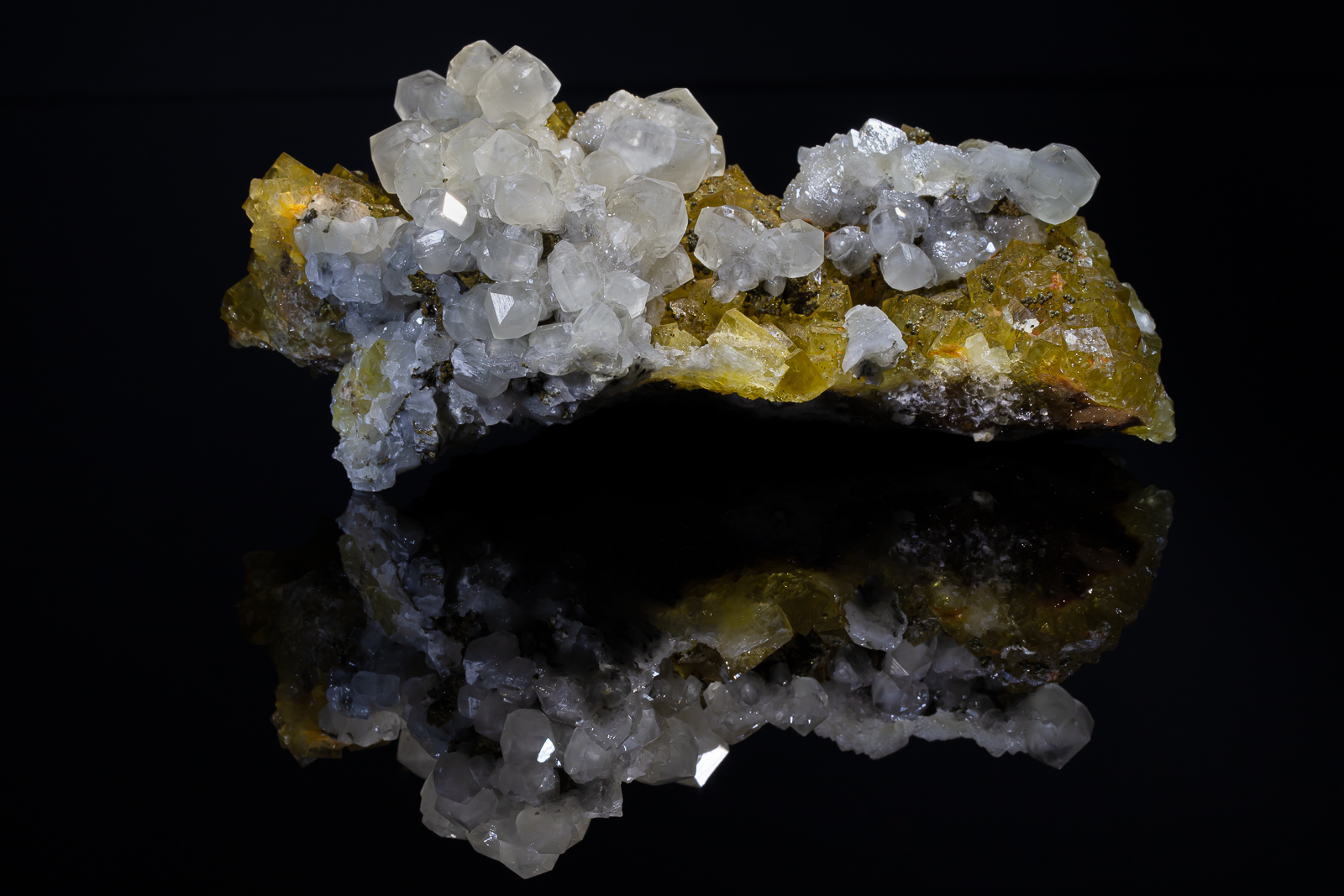 Copyright Charles Camarda - www.camardavisualstudio.com
Copyright Charles Camarda - www.camardavisualstudio.com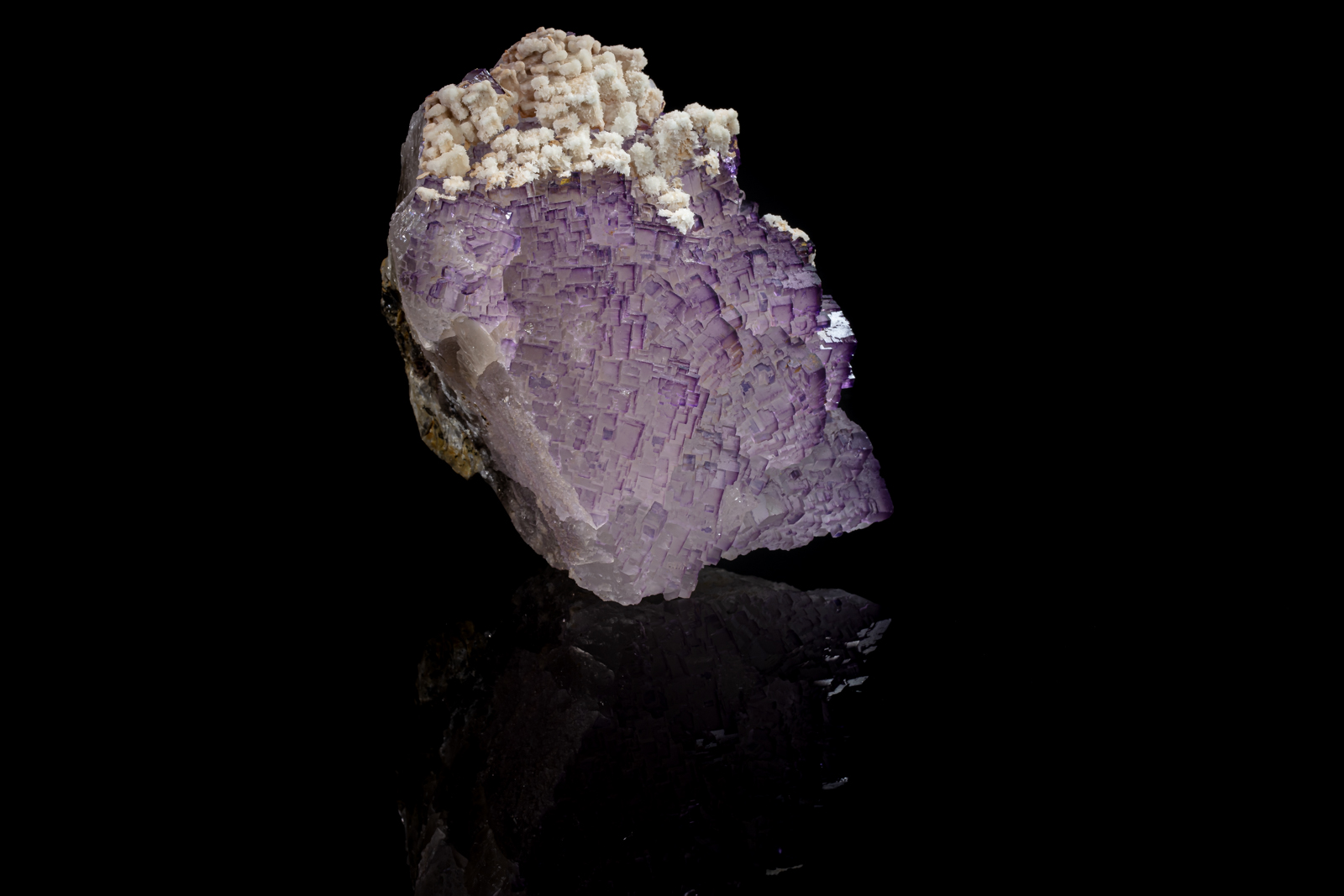 Copyright Charles Camarda - www.camardavisualstudio.com
Copyright Charles Camarda - www.camardavisualstudio.com
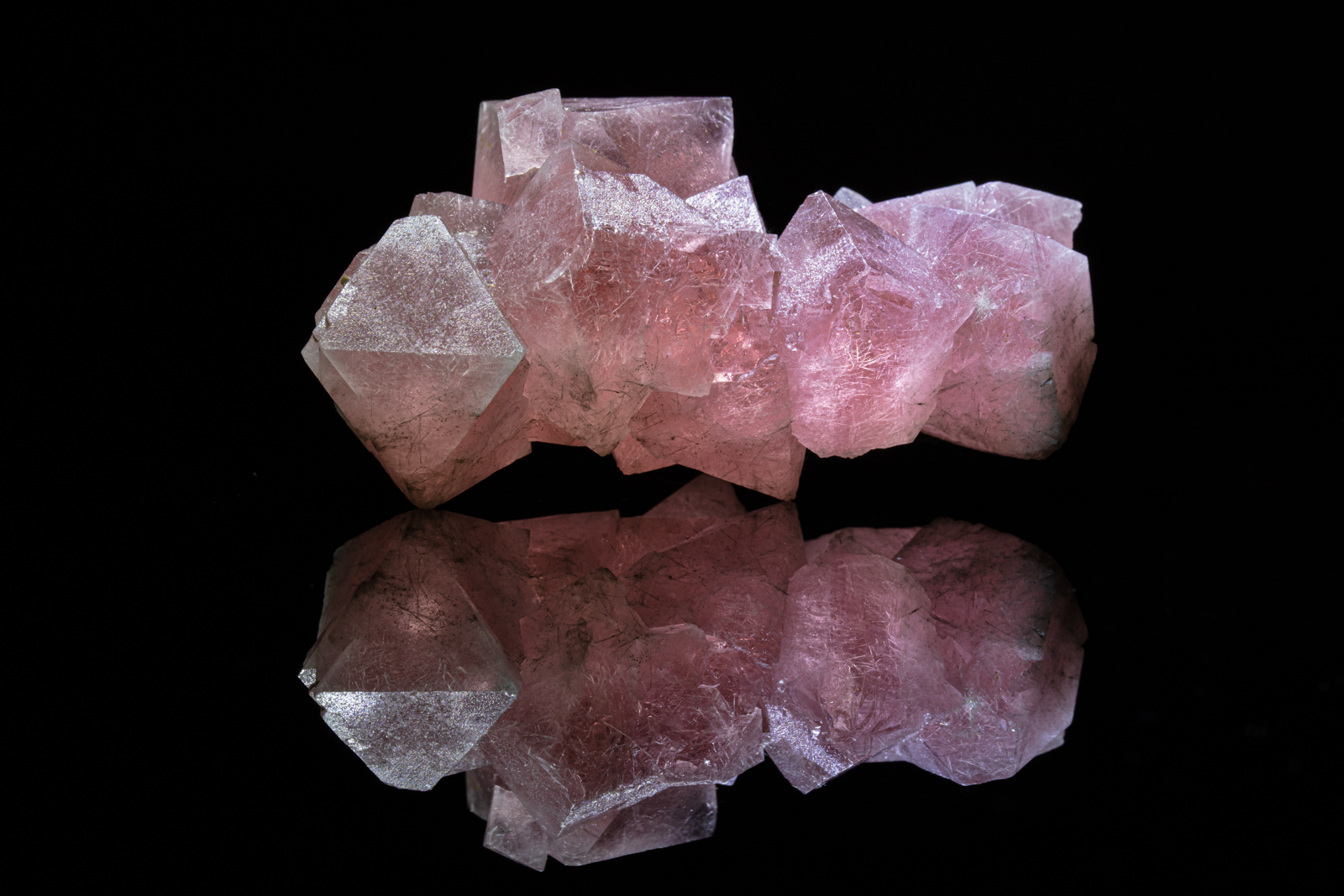 Copyright Charles Camarda - www.camardavisualstudio.com
Copyright Charles Camarda - www.camardavisualstudio.com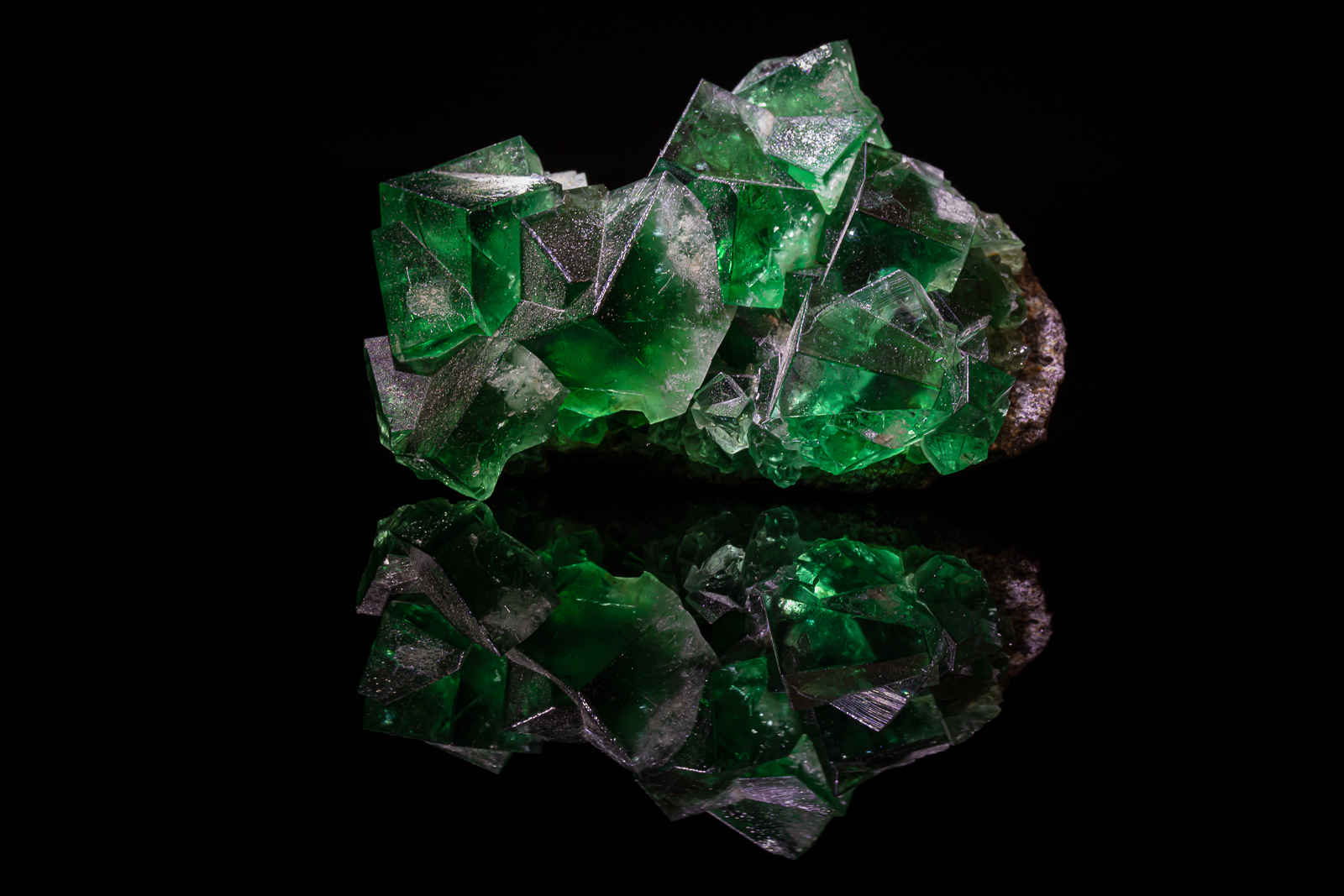 Copyright Charles Camarda - www.camardavisualstudio.com
Copyright Charles Camarda - www.camardavisualstudio.com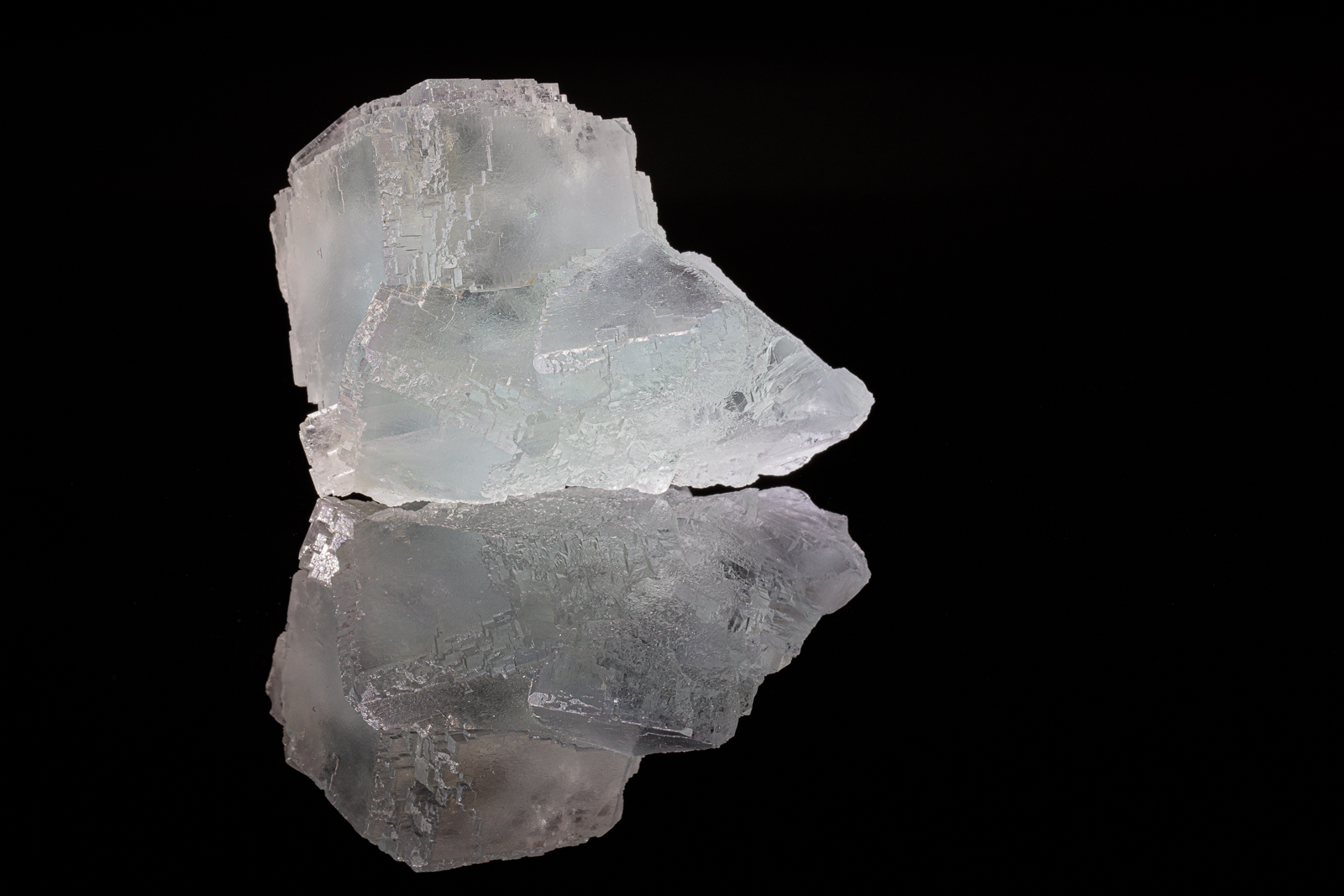 Copyright Charles Camarda - www.camardavisualstudio.com
Copyright Charles Camarda - www.camardavisualstudio.com Copyright Charles Camarda - www.camardavisualstudio.com
Copyright Charles Camarda - www.camardavisualstudio.com Copyright Charles Camarda - www.camardavisualstudio.com
Copyright Charles Camarda - www.camardavisualstudio.com Copyright Charles Camarda - www.camardavisualstudio.com
Copyright Charles Camarda - www.camardavisualstudio.com Copyright Charles Camarda - www.camardavisualstudio.com
Copyright Charles Camarda - www.camardavisualstudio.com



 Copyright Charles Camarda - www.camardavisualstudio.com
Copyright Charles Camarda - www.camardavisualstudio.com Copyright Charles Camarda - www.camardavisualstudio.com
Copyright Charles Camarda - www.camardavisualstudio.com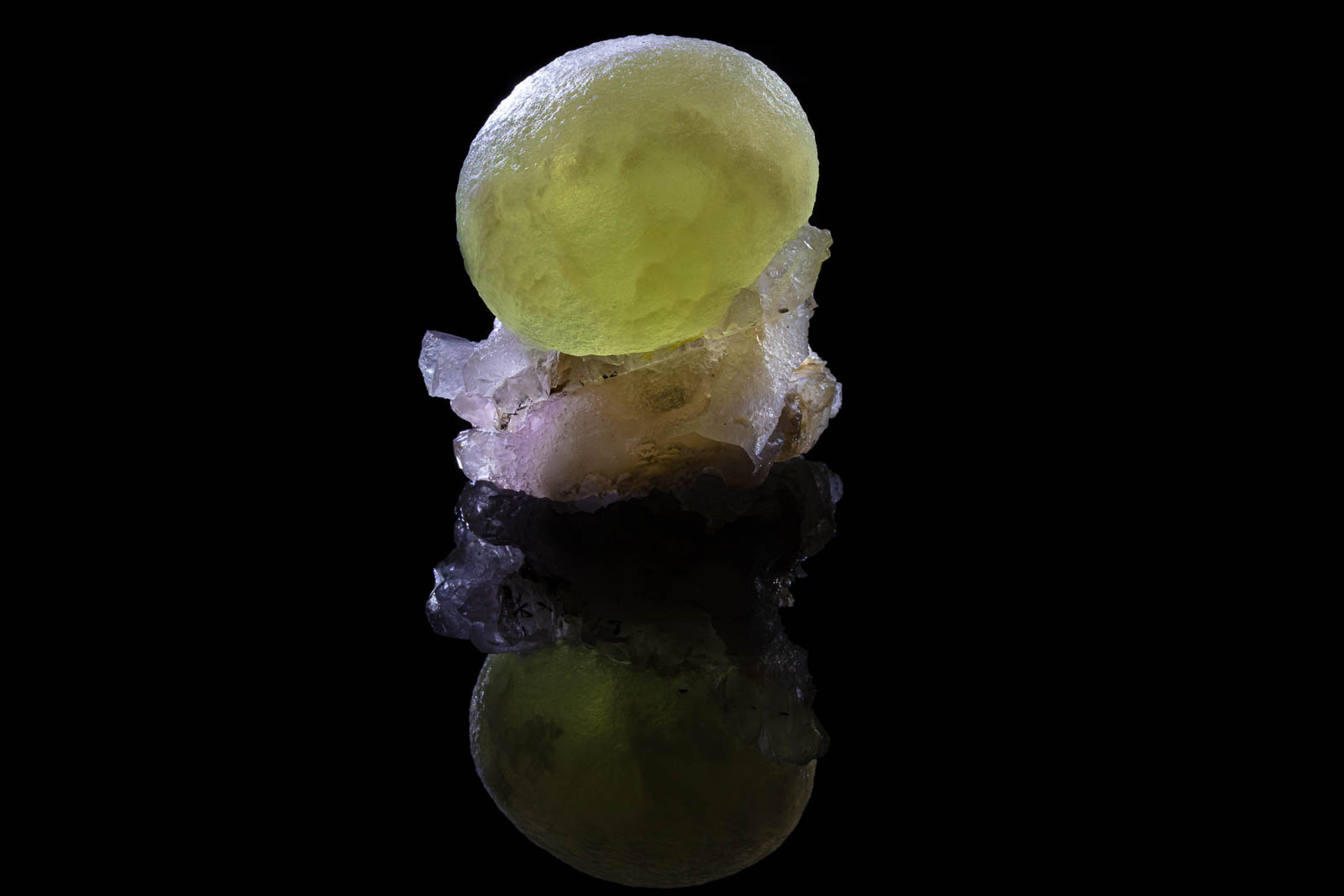 Copyright Charles Camarda - www.camardavisualstudio.com
Copyright Charles Camarda - www.camardavisualstudio.com
 Copyright Charles Camarda - www.camardavisualstudio.com
Copyright Charles Camarda - www.camardavisualstudio.com Copyright Charles Camarda - www.camardavisualstudio.com
Copyright Charles Camarda - www.camardavisualstudio.com Copyright Charles Camarda - www.camardavisualstudio.com
Copyright Charles Camarda - www.camardavisualstudio.com
 Copyright Charles Camarda - www.camardavisualstudio.com
Copyright Charles Camarda - www.camardavisualstudio.com Copyright Charles Camarda - www.camardavisualstudio.com
Copyright Charles Camarda - www.camardavisualstudio.com Copyright Charles Camarda - www.camardavisualstudio.com
Copyright Charles Camarda - www.camardavisualstudio.com

 Copyright Charles Camarda - www.camardavisualstudio.com
Copyright Charles Camarda - www.camardavisualstudio.com
 Copyright Charles Camarda - www.camardavisualstudio.com
Copyright Charles Camarda - www.camardavisualstudio.com Copyright Charles Camarda - www.camardavisualstudio.com
Copyright Charles Camarda - www.camardavisualstudio.com Copyright Charles Camarda - www.camardavisualstudio.com
Copyright Charles Camarda - www.camardavisualstudio.com

 Copyright Charles Camarda - www.camardavisualstudio.com
Copyright Charles Camarda - www.camardavisualstudio.com